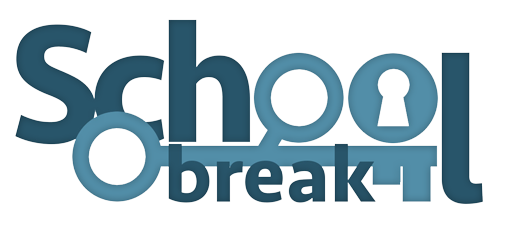Students were presented with a letter written by a hacker group called Hack4Humans in which they expose their intent of shutting down the internet. Students are told they are part of a task force to avoid this from happening: they have to figure where the hackers are situated by solving puzzles and riddles. Students were then divided in four groups, each one of which dealt with a different topic: IP addresses, protocols, data centers, and internet cables.
Each group had first to face a physical crossword which hides a password, which is then used to access a video on a Web site we built for the game (each group had its own computer/tablet and a different password). The video explained the group the fundamentals of the topics they have been assigned. After watching the video and having acquired some background on the subject, the team was presented with a riddle based on the assigned topic. For example, the team dealing with protocols was given five encrypted messages: their task was to figure the correct order of the message and decipher it. By correctly inputting the solution, the page would show a hint to find the hackers.
When each team had found the hint hidden in their path, the class gathered and the teacher presented a map on a beamer. By making use of the hints the class had to work together to find where the hackers were hiding.
At the end of the escape, the students were given a short four-questions questionnaire in which they were asked about their experience in the escape room. The questionnaire included four questions: “How much did you enjoy playing the escape room?” (Q1), “Did you feel engaged while looking for the solutions to the presented puzzles?” (Q2), “Do you think you learned new concepts by playing the escape room and through the post discussion?” (Q3), and “Would you like to play other escape rooms like this one to learn new concepts?” (Q4). Students could answer with a scale from 1 to 5, where 1 meant “not at all” and 5 meant “very much”.

We are looking forward to improve the escape room after this first iteration and propose it to other classes. We will soon gather the material and release it in this Web site under a Creative Commons (CC) licence.

